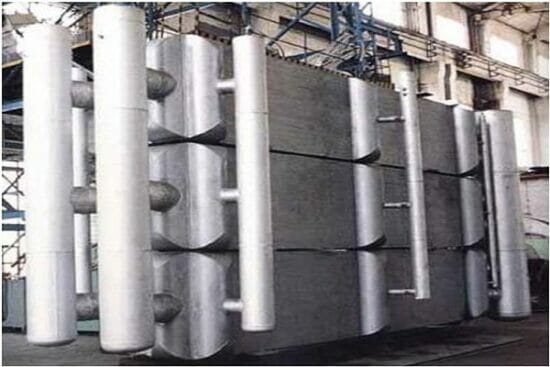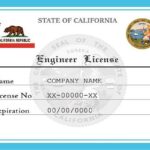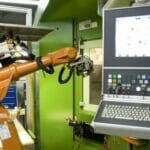- Course No E – 2010
- PDH Units: 5
No data found for Custom Course Number
No data found for Custom Course Units
Intended Audience: Mechanical , Environmental and Energy Engineers.
PDH UNITS: 5
In the earlier courses, the basics of thermodynamics were covered and applied to a single-component (pure substance) refrigerant system. The car air conditioner was used as a basis for understanding the vapor compression, pressure let down, and evaporation cooling system. Later, the same concepts were applied to zeotropic mixed refrigerants, which expanded the temperature range for which liquefied natural gas could be made. It was shown that when the feed gas to an LNG plant was pretreated and cooled to -260 F, LNG could efficiently be produced and stored. Another type of liquefaction system was explained in section 1 of 3. This was the open expansion type of liquefaction system. This system used high-pressure gas from the pipeline to power a liquefaction system by expanding the gas through expanders which produced work. The work from the expanders was used to drive compressors which compressed the gas to be liquefied and expanded to even higher pressures. In this section, the focus will be solely on the conceptual evaluation of a nitrogen expansion system. Then nitrogen expansion LNG liquefier is not the most efficient liquefaction process, but it is considered the easiest to operate, and it lends itself well to making LNG near its tank saturation temperature, which greatly lessens boil-off management problems. Many of the newer small-scale liquefiers, like those for peak shaving plants, use the nitrogen expansion process. This process has increased in efficiency over recent decades as manufacturing processes have improved, making the expanders and compressors more efficient, thus making the operating cost of this process more cost effective.
Learning Objectives
At the successful conclusion of this course, you’ll be able to identify and discuss:- Understand the thermodynamics of compression and work required
- Understand the thermodynamics of expansion via expanders and the work delivered.
- Understand the temperature relationships that occur when nitrogen is compressed and expanded.
- Understand the methodologies used to drive expansion temperatures to low enough levels to make LNG
- Understand how to improve the efficiency of nitrogen expansion systems applied to LNG facilities.
Once completed, your order and certificate of completion will be available in your profile when you’re logged in to the site.










